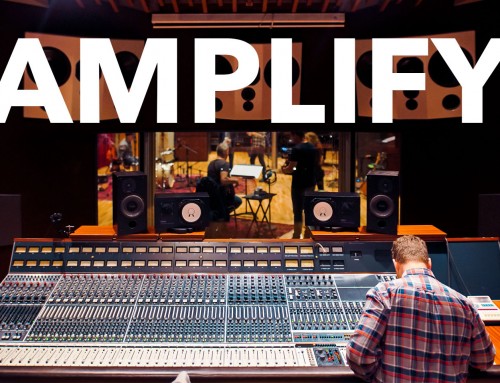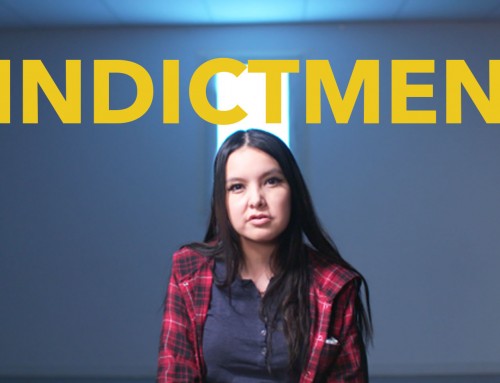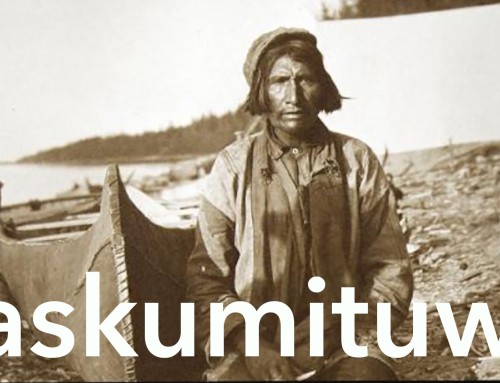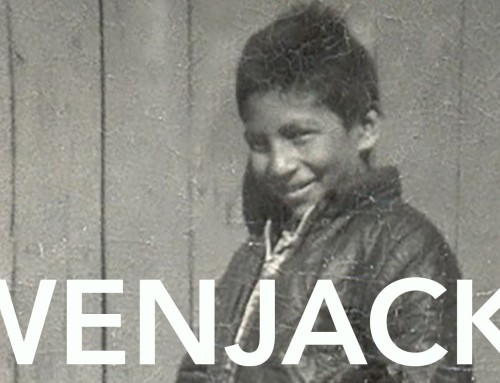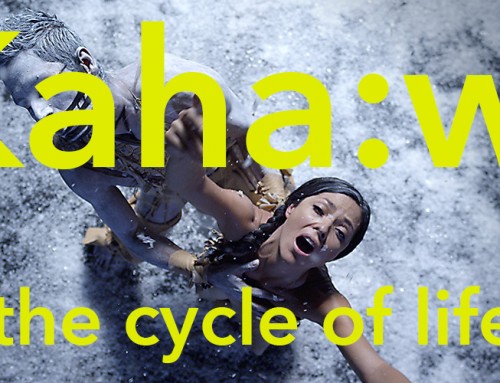Project Description
ABOUT
Urban Native Girl is a 13-part half-hour POV documentary series for APTN that will make it’s broadcast premiere in June 2016 (exact schedule details to come). After series co-creators Lisa Charleyboy and Shane Belcourt pitch the series at the Banff World Media Festival in 2012, they went on to a development deal with APTN, that eventually led to the series green light! Shooting took place in the Fall of 2015 in Ontario, Manitoba, Alberta, and British Columbia with Shane Belcourt as Director and DP, Lisa as POV “host”, along with an all-aboriginal crew led by Production Manager and Associate Producer Michelle St. John. Urban Native Girl is a Jeremy Edwardes and Jim Compton Production, of Wabunganung Film Company Ltd.
LOGLINE
At a time when print media is on a sharp decline, Lisa Charleyboy, a beautiful and determined Tsilhqot’in entrepreneur, sets out to transform her small online blog – “Pop Culture with an Indigenous Twist” – into successful print magazine in the hopes of creating a world wide, recognizable brand that amplifies the voices of the Indigenous renaissance of our time.
PRODUCTION DETAILS – all 13 Episodes
Created by Shane Belcourt & Lisa Charleyboy
Directed by Shane Belcourt
Written by Shane Belcourt, Lisa Charleyboy, Jordan O’Connor, and Duane Murray
Associate Producer Michelle St. John
Director of Photography Shane Belcourt
Additional Shooting by Amanda Strong, Keesic Douglas, and John Reed Hryszkiewicz
Drone Operation and Location Sound Recording by Tony Wallace
Production Design by David Hannan
Edit by Jordan O’Connor & John Reed Hryszkiewicz
Sound and Score by Jordan O’Connor
Titles, Colour Correction, and DM by John Reed Hryszkiewicz
Run Time: 13 Episodes, 22 mins each
Format: HD Video (Canon 1DC 4k, Canon C100 w/ Blade, GoPro 3+, Blackmagic Pocket, Blackmagic 4k)
APTN Air Dates: Summer 2016
SEASON ONE REVIEW
In Season One of Urban Native Girl (a 13 x 22-minute documentary series) we met and came to understand the struggles and hopes of Lisa Charleyboy; a fashionista, entrepreneur, and urban Indigenous innovator. After years of slogging through both the fashion and journalism world — being told that glamour and Aboriginal don’t mix – Lisa set out to transform her small online blog into a glossy print magazine in the hopes of launching an international brand.
Season One Episodes were:
EP#1 – “Is Print Really Dead?”
In the pilot episode we meet Lisa as she takes her dream to industry insiders and asks: is there a place for an urban native magazine as the print industry is retracting? This episode features interviews with Shelley Ambrose (The Walrus), Jamie Monastyrski (Spirit Magazine), and Lorraine Zander (Faze Magazine).
EP#2 – “Clock’s Ticking”
It’s the feature spread photo shoot, everyone’s late and falling behind, can Lisa pull it together or is this business off to a bumpy start? This episode features Dene designer Sage Paul, photographer Keesic Douglas, and rising star models Logan Staats, Brendt Diabo, and Jayli Wolf.
EP#3 – “Is Blood Thicker Than Love?”
Lisa questions the CBC Aboriginal article called “Bloodlines” that she wrote the previous year. It raised emotions on both sides of the argument; that Indigenous people should only have children with their own to preserve the culture and bloodlines. This episode features interviews with Pam Palmater, Niigaan Sinclair, and Derek Miller.
EP#4 – “Lisa vs Lisa”
Part Two of the re-thinking of Lisa’s “Bloodlines” article, only this time the question doesn’t go to others, Lisa looks in the mirror and asks herself some hard questions. This episode features interviews with Michaela Washburn, Leslie McCue, Lindy Kinoshameg, and a musical performance by Iskwe.
EP#5 – “Gay? Queer? Two-Spirited? … Human Being”
Lisa sends Métis writer Cole Alvis into Toronto’s two-spirit community to explore identity and identification. This episode features interviews with Theo Ross, Cris Derksen, and EJ Kwandibens.
EP#6 – “Head-Dressed Halloween Anyone?”
Lisa explores the issues of cultural appropriation in the fashion industry. This episode feature interviews with writer Kim Wheeler, artist Erika Iserhoff, and designer Sage Paul.
EP#7 – “Nothing Breeds Success Like … Questioning Everything”
Lisa seeks a better understanding of how we should define “success” in the Indigenous community; money? culture? can we have both? This episode features interviews with Dr. Evan Adams, Gabrielle Scrimshaw, and JP Gladu.
EP#8 – “Walking With Our Sisters”
Lisa explores the heart-breaking issue of Murdered and Missing Indigenous Women and Girls. This episode features interviews with Maria Campbell, Christi Belcourt, and Nahanni Fontaine.
EP#9 – “Muddy Waters”
Lisa travels to Winnipeg, the Urban Aboriginal Capital of Canada; a city on the rise or a city mired in racism and struggle? This episode features interviews with Sean McCormick, Waneek Horn Miller, and Alan Greyeyes.
EP#10 – “Should I Stay Or Should I Go?”
Lisa sends writer and Six Nations part-time resident Falen Johnson into her reserve to explore the push and pull of Reserve life. This episode features interviews with Santee Smith, Cheri Maracle, and a round-table discussion with Falen’s family.
EP#11 – “Land Title = Game Changer”
Lisa travels to her home community to speak with the Tsilhqot’in Chiefs, central to the historic Land Title settlement. This isn’t “Treaty”, this is “Title”, and this changes everything. This episode features interviews with Chief Joe Alphonse, Crystal Verhaeghe, Chief Percy Guichon, and Chief Roger William.
EP#12 – “Out of the Shadows, Into the Arms of Community”
Lisa’s father, a former Tsihlqot’in Chief and Residential School Survivor, committed suicide when Lisa was 4 years old, which fractured the family, and ostracized them from the community. Can these wounds ever be healed?
EP#13 – “The End is Just a Starting Point”
Lisa and her team struggle to get all the pieces together for Urban Native Magazine, and then celebrates with the Toronto Indigenous community … what does the future hold now?

